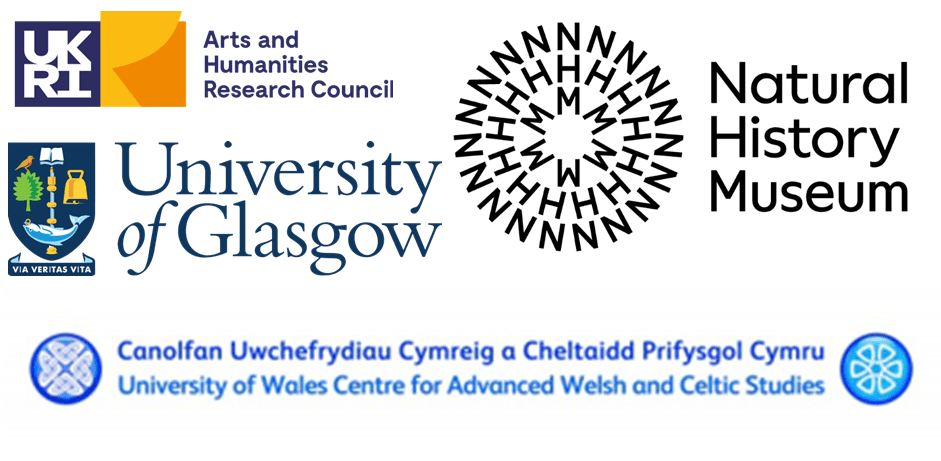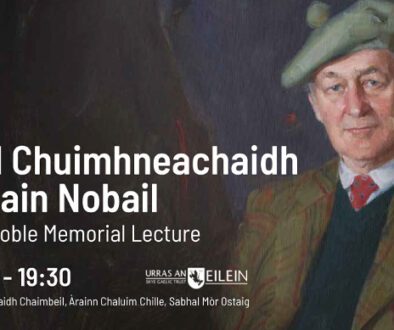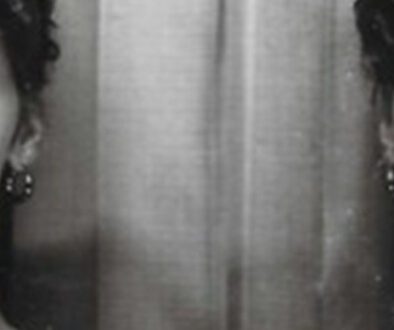Ships, Songs, Shielings: Thomas Pennant in the Isle of Skye

Thursday 19 June 2025, 14:00 – 17:30
An Talla Mòr, Sabhal Mòr Ostaig.
In the summer of 1772, the Welsh naturalist and antiquarian Thomas Pennant (1726–98) embarked on a Voyage to the Hebrides. His lively, detailed account of the journey, published two years later, was a hugely influential best-seller, going through several editions in quick succession. The book would exert a lasting influence on how people saw—and visited—the Scottish Gàidhealtachd. Many later travellers would follow in Thomas Pennant’s footsteps.
But Pennant didn’t travel alone. He was accompanied by a team including Gaelic-speaking scholarly guides, expert botanists, and a superb artist. His narrative is richly layered, containing many voices, drawing upon local knowledge as well as presenting an outsider’s view.
The AHRC-funded Curious Travellers project is currently preparing a groundbreaking new digital edition of this remarkable text. In partnership with Sabhal Mòr Ostaig, we have arranged an afternoon of talks, discussion, and song focusing upon and celebrating Thomas Pennant’s account of his visit to Skye in July and August 1772. Speakers include Professor Mary-Ann Constantine, Centre for Advanced Welsh and Celtic Studies, Aberystwyth; Professor Michael Given, University of Glasgow; Professor Nigel Leask, University of Glasgow; and Dr Domhnall Uilleam Stiùbhart, Sabhal Mòr Ostaig. The afternoon will be rounded off by a presentation in song and spoken word by the renowned Gaelic singer Margaret Stewart.
Programme:
14:00 – Introduction: Curious Travellers at Sabhal Mòr Ostaig
Prof. Mary-Ann Constantine, Centre for Advanced Welsh and Celtic Studies, and Abigail Burnyeat, Sabhal Mòr Ostaig
14:15 – Editing Thomas Pennant’s Account of the Isle of Skye in Tour in Scotland and Voyage to the Hebrides, 1772.
Prof. Nigel Leask, University of Glasgow
Thomas Pennant spent nine days touring the Isle of Skye between July 15-24 1772, accompanied by a party that included botanists, naturalists, linguists and his ‘artist servant’ Moses Griffith. His 29-page description of Skye, at the time of his visit suffering the effects of rack-renting, famine and emigration, is one of the high points of his Voyage to the Hebrides. However, his published account, which remained a standard source of information for many decades, is no ordinary travel narrative: it is in fact a collation of historical, geographical and sociological information derived from a wide range of sources, including correspondence with the Gaelic scholar Rev John Stuart of Luss (who accompanied him in 1772), and Kilmuir antiquarian Rev Donald MacQueen. My paper describes some of the challenges of editing this extraordinary and multifaceted text, and tracking down the sources of Pennant’s local information: in which material omitted from the sources often proves just as interesting as what is included.
14:45 – Pennant and the Polycrisis: West Highland Tourism in an Environmental Disaster Zone, June to August, 1772
Dr Domhnall Uilleam Stiùbhart, Sabhal Mòr Ostaig
15:15 – Tea
15:45 – Soil, weeds, grass, cows
Prof. Michael Given, University of Glasgow
Soils, weeds, grass and cows have been central to rural life on Skye for centuries. By using a combined archaeological, historical and environmental approach, we can hear the stories they tell about past lives – and not just of the people.
16:15 – Not Curious Enough? The Shieling System: On the Periphery of the Travel Writer’s Gaze, but Preserved in Gaelic Song
Maighread Stiùbhart, University of Glasgow
While early travellers through the Highlands and Islands observed shieling life first hand, they rarely paused to truly understand or document its cultural and economic importance, often relegating it to passing mentions. In contrast, Gaelic songs composed by those who lived and worked on the summer pastures offer deeply textured narratives of animal husbandry, gender roles, labour, landscape, love and longing, place names and local knowledge. These songs not only preserve a way of life but quietly resist the silences of written travel accounts.
17:00 – Concluding discussion





